By Natalie Dekel.
The following paintings were created using coloured-wax applied with heated iron onto glossy cards. This technique is called encaustic wax. The technique involves the application of coloured wax onto a heated iron, which causes the wax to melt. When it starts running on the surface of the iron it is applied to the card to create patterns.
Working with this particular method (using irons, heat and wax) does not allow for easy control. Although it is possible to try and create an image that you have in mind, I have found that due to the shape of the iron and the speed with which the wax dries, it is only possible to control the image to a certain degree.
The heated surface of the metal above the painting causes the different layers of wax to melt into one another, forming patterns that are not predictable. Hence, as I was working on the paintings I found I was creating semi-abstract images.
The interesting thing about this technique is that it produces images formed of both colour and line. The lines hint at a kind of representational abstract art, since naturally we tend to perceive line as having to do with shape. We automatically search for shapes in the lines, trying to understand a structure inherent in the abstract image.
As I was creating the paintings I was looking for structure or thought expressed in the shape. The totality of the way the layers of colour interweave and play with each other produces a reflective mood, inviting me to participate in the story of the painting and try to reveal what lies behind the shapes and twirls of the semi-transparent colours.
The emerging images revealed intricate patterns that become like a personal map. As I saw in front of my eyes how the red colour melted into the blue (see top left corner of Figure 2), I felt as if an emotional layer of memory from the past was stretching in my mind; as if a memory was surfacing, becoming as smooth and warm as wax, bringing with it warmth and a smile.
Perhaps this unconscious reflection occurs while creating these images because most human mental and emotional experiences exist unconsciously, below the surface of perception and beyond the reach of voluntary purposeful thinking. Within this netherworld lie strong, untamed and irrational forces that give life and definition to what it means to be an artist.
Encaustic wax painting is a powerful technique that allows artists to reach into that world of unconscious emotion, memories and thoughts. Unlike techniques which use pens or brushes, I found that working with heated metal limited my manual control as a skilled artist, thereby enabling the work to come straight from my ‘heart’ or my gut feeling without the same level of conscious intervention.
The work itself is so simple, and yet it evokes complexities of involuntary self-revelation, masking one thing while revealing another. It also has a relaxing, almost meditative quality in its application. The smooth colours, the heat of the iron applied to the card, and the constant tension between what I as an artist would like to express and what actually comes out, which is often beyond my control – all of these aspects make encaustic wax work a humbling cooperation between my artistic mind, or ‘ego’, and the independent qualities of the wax.
The choice of the colours themselves was highly significant in the work, since I was drawn to some colours while ignoring others. Looking at the paintings, it is clear that I have predominantly used purples, blues, greens and reds. I am sure that the intensity of the red was counterbalanced by the cool blues, greens and purples, creating an overall harmony despite a certain painfulness in the red tones.
With encaustic wax paintings, the colours remain vibrant even when one ‘messes’ new layers of different colours upon existing ones; colours which in other mediums would not work in harmony. Looking at the paintings after they were completed it seemed to me as if the images were alive, moving and transforming into new configurations even as I looked at them.
When I was making the image in Figure 3 I had intended to create a pair of angel-like figures. This image was originally drawn upside down, but once I had finished, a friend turned it through 180 degrees and pointed to a face I had created in the top left corner of the image. So despite my best intentions in my conscious mind, it seems that I had produced something entirely different; something which is independent.
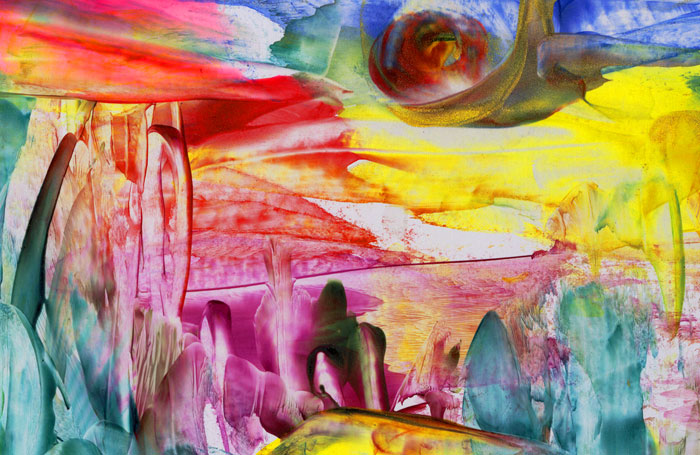
Figure 5: 'The Forest of Love' (detail), 15 x 10 cm, Natalie Dekel, July 2010. Encaustic wax painting.
The vibrant colours that are produced with this technique, the fluidity of shapes and the transformation of matter (from solid wax to liquid to solid again whilst painting), all caused a transformation of my own emotions and spirit as I was creating the images. Working in this medium helped me to realise that although my original artistic intent was not necessarily imprinted in the wax in the way I had imagined it should be, yet it was still present, inherent in the structure of the layers of wax applied to the card. Each image can be read in a number of different ways, creating contradictions or forming completely different images to the ones I had originally aimed at. In a way I feel as if layers upon layers of my personality and memories are all present simultaneously in each painting.
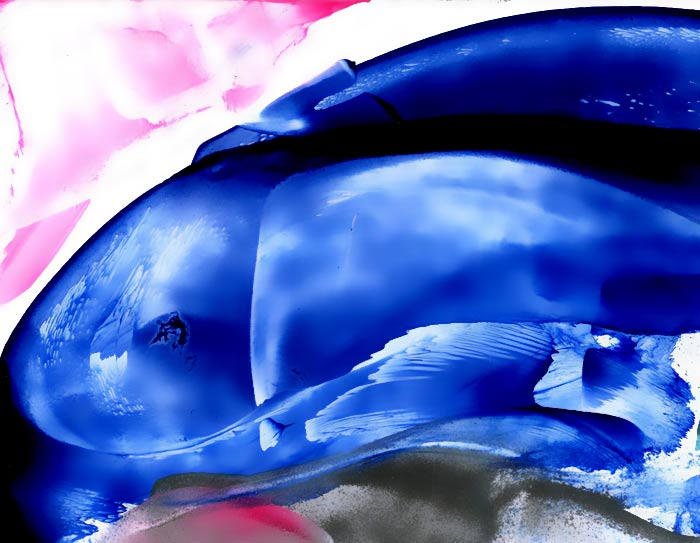
Figure 6: 'Encaustic #2' (detail), 10 x 15 cm, January 2011. Encaustic wax painting.
I also learned to trust the ‘Self‘ that live and acts beyond the boundaries of logic and planning. That Self sometimes indicates things about myself that I had forgotten, ignored or did not even know that I possessed. For instance, when my friend noted the face in the top left corner of Figure 3, which we both thought was a scary face, she asked me if I had nightmares as a child. As she asked I immediately remembered years of nightmares that I had every night up to the age of eleven or twelve, and which I had naturally repressed.
While I was painting, it seemed that each time I thought about something intense – a memory or a strong emotion – it was reflected in the image, even though this was not my conscious intention. Each experience of emotion during the painting process brought to the surface the continuous deliberation of choices that I made as I was working, even as I spoke to someone or thought about something else. Painting with encaustic wax clearly reflects these choices in the patterns that are created, the twirls of wax and colours, the adjustment of layers upon layers, or the complete removal of colour (which is possible by heating the layer of wax and then scraping it off the card using the edge of the heated iron).
These paintings are a direct visual expression of my thoughts. The reflective process of creating them is how I realised that I see what I believe.
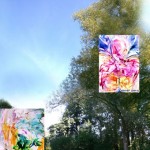 » Encaustic Wax Virtual Exhibition
» Encaustic Wax Virtual Exhibition
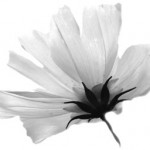 » Psychic and spiritual readings…
» Psychic and spiritual readings…
12 March 2009. last updated 29 Jan 2010.
© Natalie Dekel.

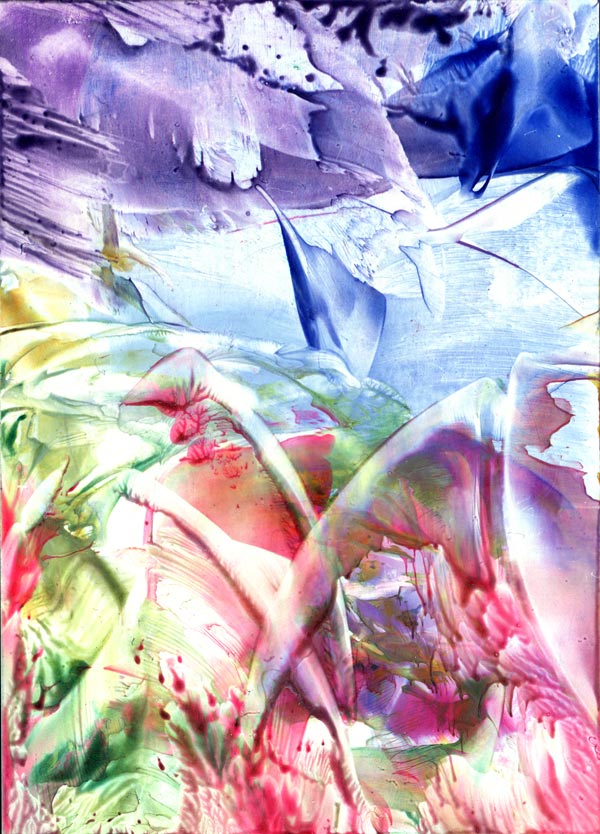
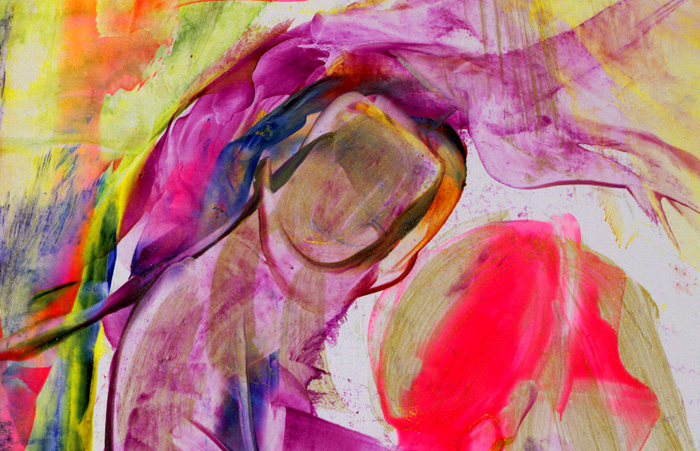
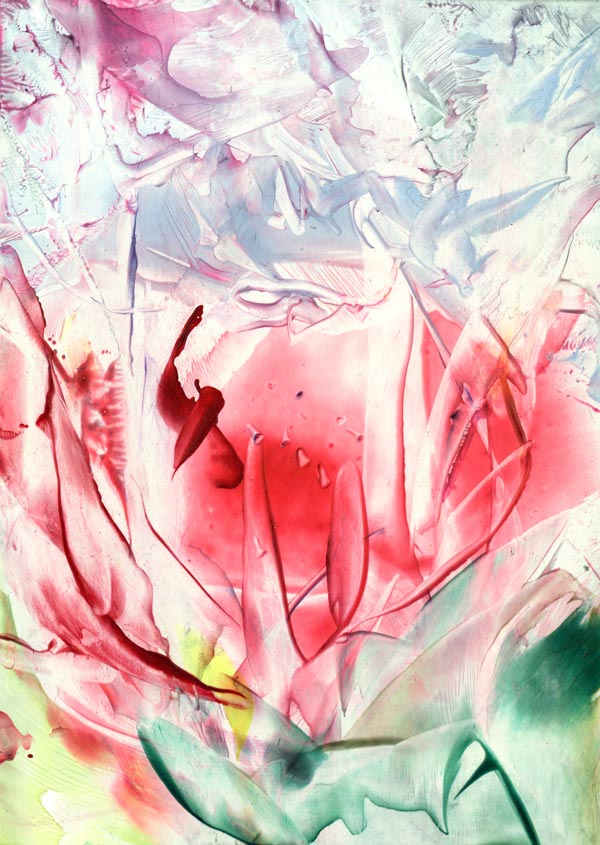
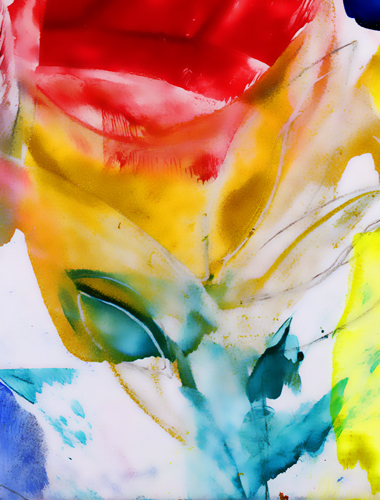
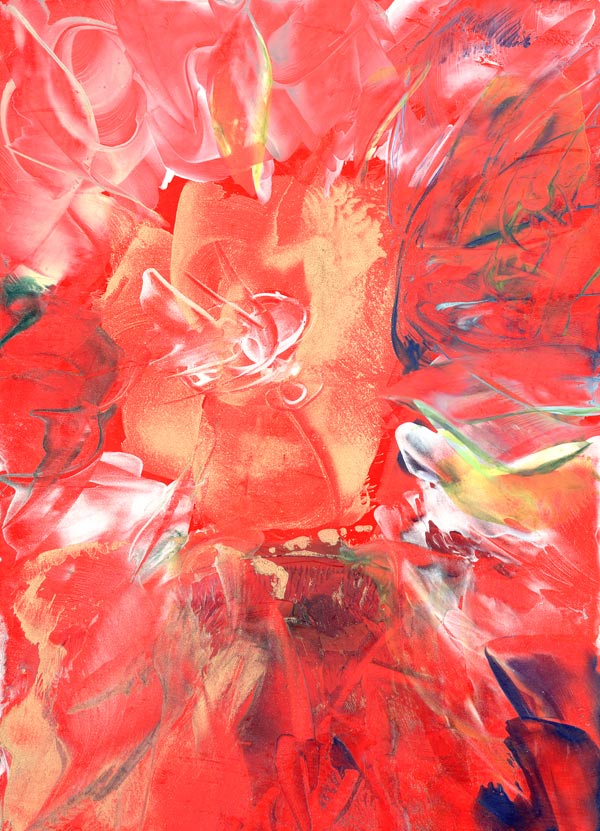
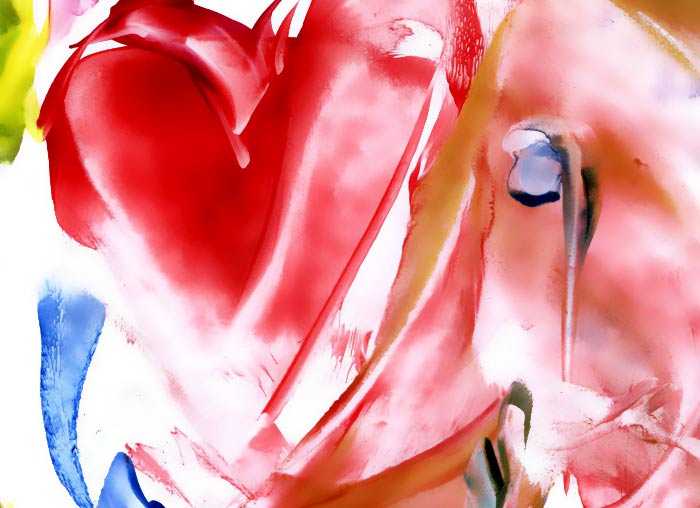

 - Reading with Natalie, book here...
- Reading with Natalie, book here...
I love it, every pictures is voyage to my soul…
Love.
Jale, Israel.
lovely pictures natalie
Very interesting!
Best regarts, Grace
These vibrant looking works in colored wax are excitining! But isn’t “revealing” of hidden things in the artist’s mind largely an illusion and afterthought?…. like making a Rorshak [spelling?] ink-blot pattern and then trying to say what it “is.”
I had use plaster of paris (quick drying) on thin, roughed boards (backside of old panelling!) to rapidly generate “symbols” accoring to designs in mind…. and then I painted them (paints from an old garage!) I think that gave more control and the boards did look like what I intended, but with a definite rustic appearance due to the fact the plaster set in minutes. I only used my hands, a simple trowel, and at times other instruments; and in my last ones I embedded things. (I’m a geologist, who only did art class in elelmentary school! So I didn’t call my items art, but symbols.) Also in my last largest item (about 2 x 4 feet) I did three stages on top of each other. (First I made an “Earth” globe, then shattered it and placed it into a background bound up in chains, with bloody (red) “guts” hanging out, and then I put a layer of “claw” marks of fingers grasping at a shredded US dollar bills…. calling the item “New World Order.” See?
Anyhow, I found fast plaster gave just enough time and control to impart my idea, not subconscious, but conscious….. yet also quick spontaneous strokes dominated.
I’d like to try this in waxes someday. Different melting points might allow one to build a high melting base, then insert low-melting new superficial layers with more control time. If done in a hot room you could bend wax and have more time to take control. Candles melted to warped stubs in my ore exploration tent in Kalahari! Maybe it hit 50C. Thermometer broke! I could stand it a while, but had to come out to cooler 40C.)
PS: My symbols made it to an art show! But that turned out to be a fraud and all the artworks were stollen!! After that I went into other activities.